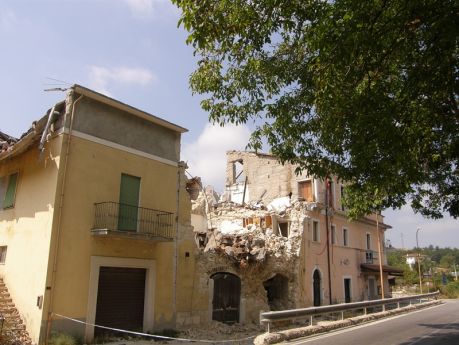Monitoring earthquakes and reducing the risk they pose to humans
requires a well-established data infrastructure and widespread access to
that data. In addition, this data is much more useful if there are
tools and services available for researchers and other interested
parties to use.
The NERA (Network of European research infrastructures for earthquake risk assessment and mitigation) project aimed to improve earthquake assessment, monitoring and risk reduction. The approach focused on integrating various data sources, developing tools to use the data and promoting access to it.
NERA developed a data infrastructure to simplify access to earthquake data. The infrastructure incorporates a number of existing databases and archives, such as the European Integrated waveform Data Archive (EIDA). The research initiative coordinated with a number of other projects working on earthquake risk assessment and mitigation. A major product of this work was
SeismicPortal, which provides earthquake risk information for researchers, industry and civil society.
The team also produced several tools using new data infrastructure, such as the Building Classification System for earthquake vulnerability and a short-term seismic forecasting tool. A software toolbox that will aid researchers in processing earthquake data was developed as well.
Lastly, researchers developed a conceptual centralised system called European Seismological Products and Services, which is coordinated with global earthquake monitoring systems. These important advances signal the beginning of an improved coordinated earthquake monitoring service for Europe.

